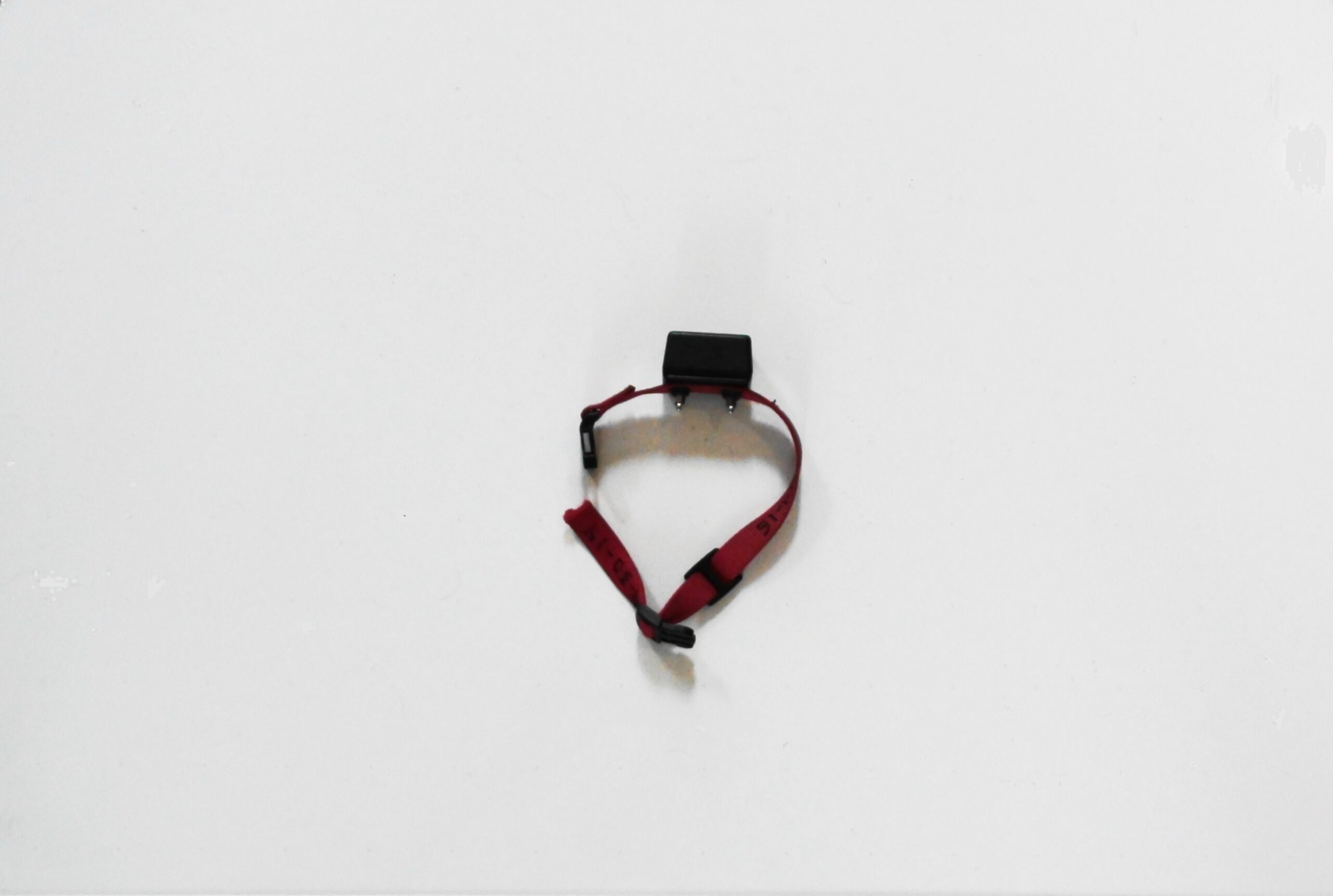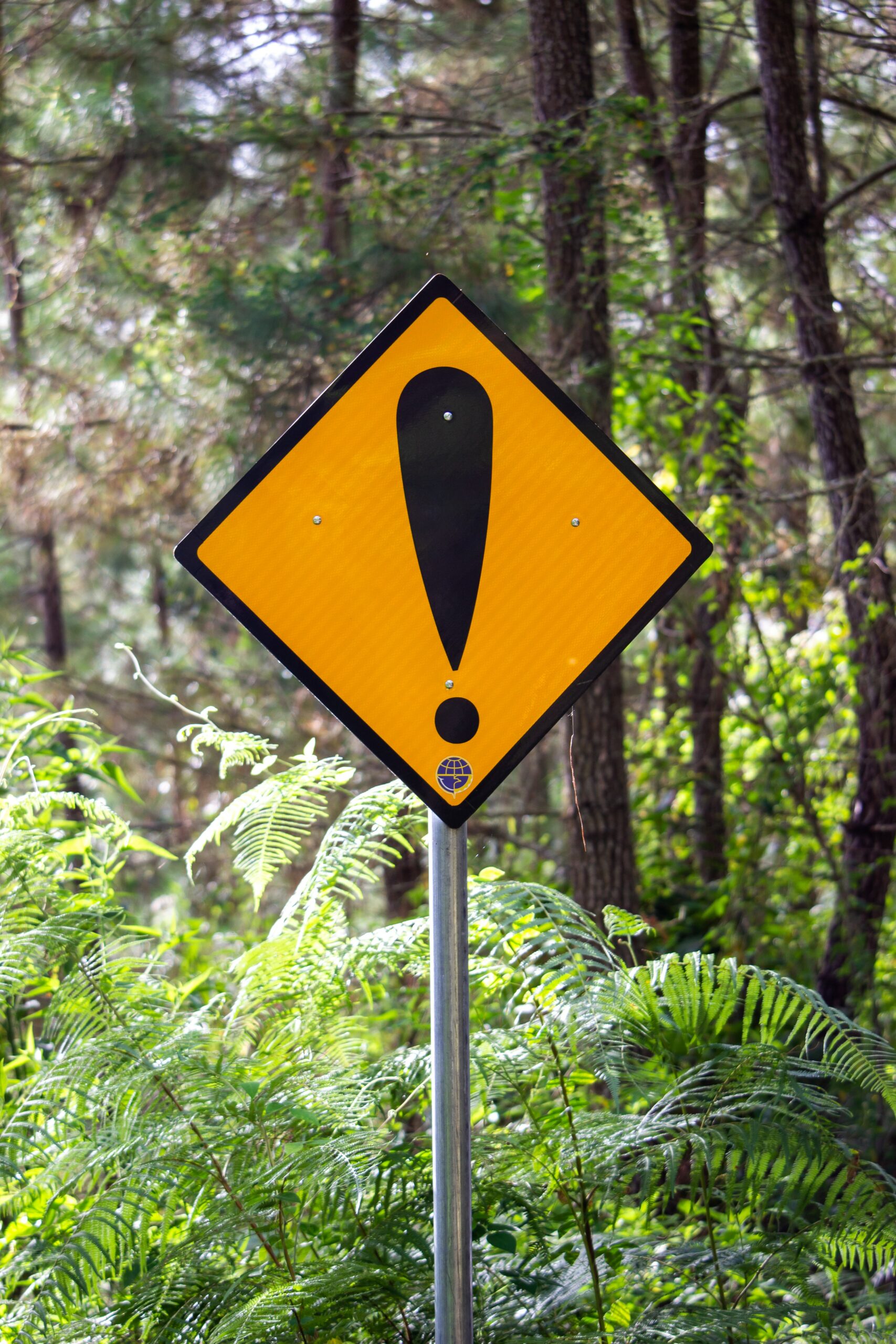Pets and Their People Blog
Fallout is Not Good for You…or Your Pet (Part One)
Recently I received an application from a potential client, who I will fictitiously call Jane Doe. Jane reported how she brought a boxer puppy into her life. Her primary concern was that her puppy was excited around new people, jumping on them, and she pulled on the leash.
Jane took her pup to a group class, but her puppy was usually put behind a fence and got little help from the trainer.
Excitability, jumping on people and pulling on leash sounded like typical puppy behavior and I thought, “Oh good, this will be a simple training case.”
As I read further, I saw that the boxer was now 16 months old, in the middle of adolescent development. That time can be a very amygdala-driven and hormonal-driven emotional roller coaster ride for people and dogs alike.
Danger Signs

an electric shock is delivered. (Photo
provided by Daniel H. Antolec)
Before reaching out to me, Jane took her pup to a trainer who uses “e-collars and treats.” Red flag! Recently, trainers who use aversive methods and equipment began sugarcoating what they do, calling it “balanced” training. Sometimes the dog is punished; sometimes the dog gets a treat. Would that be confusing to a teenaged dog? YES!
Speaking from my martial arts background, let’s imagine that sometimes I reach out to give you a hug, and sometimes I reach out to put you in a Muay-Thai clinch and drive my knee into your abdomen, ribs, or head. Does that sound balanced to you?
Yet, Jane stated her dog seemed to be “doing good” the first two days, as she was placed on a cot and other dogs were brought into the room as distractions. I have heard of this procedure before, and if the victim dog “reacts” to the distracting dogs, shock is delivered.
In the week prior to contacting me, Jane took her dog to the shock-trainer all day long, Monday through Thursday. The shock-trainer told her that in between sessions on the cot, her boxer was placed in a kennel and did not relax or take a nap. Red flag! Assuming an eight-hour workday, that means her boxer was likely subjected to being shocked at intervals throughout each day, a total of 32 hours over four days. Red flag!

instability, anxiety, aggressive
behavior. (Photo provided by
Daniel H. Antolec)
Jane reported that as they increased the duration her dog had to stay in place to a minimum of one hour, she noticed concerning changes in her dog’s behavior. Red flag!
The use of electric shock was the bomb, and Jane was seeing the fallout:
- Previously, her boxer had eagerly enjoyed car rides, but now during rides to and from the shock-trainer her dog panted and paced in the car. Red flag!
- Her appetite decreased. Red flag!
- She no longer wanted to play. Red flag!
- Jane worked on getting her boxer onto the cot that was used by the shock-trainer, but her dog began avoiding rooms where the cot was located. Red flag!
Jane decided to withdraw her pup from the shock-trainer and returned the cot, and the shock-collar. Although Jane did not explicitly state that she shocked her dog, the implication is clear. Red flag!
When she returned the equipment, the shock-trainer tried to persuade her to bring her dog back for more ‘training.’ The trainer argued that if Jane “continued to remove her dog from difficult situations, she will never learn how to work through them.” Red flag!
Trying to Repair the Damage

devices not only
harms dogs,
but it also harms
pet stewards.
(Photo by
Muhammad Daudy
on Unsplash)
My heart sank into my stomach as I read the sad details. The boxer puppy’s arousal, jumping on people, and pulling may have been due to immaturity, lack of training, anxiety, or other causes. I failed to see any connection between remedying those behaviors and forcing a dog to remain still on a cot for an hour while other dogs are paraded past, or how repeatedly delivering shock could help what was by then very likely a frightened dog, to “learn how to work through” difficult situations.
I explained to Jane the conclusions of scientific studies of aversive methods and equipment and how such treatment can cause emotional instability, anxiety, fear, and even aggressive behavior.
It seemed obvious that her dog made associations between riding in the car, the cot, the rooms where the cot was located, and the pain and fear of electric shock. Just look at the red flags. Loss of appetite is very significant, since food consumption is critical for survival and is a very strong drive. Loss of play behavior suggests to me the sadness, depression, and hopelessness the poor dog must have felt.
It was important to be frank and honest with Jane, out of respect, but it saddened me further to inform her that I thought her dog had likely been traumatized, and what may first have been a straightforward training case had become a challenge of trying to repair the damage through behavior modification.
Fallout from shock devices not only harms dogs, but it also harms pet stewards who recognize their dogs’ distress and are motivated to seek help from a certified behavior consultant. Perhaps Jane felt guilty, but in a nation without regulation or oversight, how is a pet steward to know what the trainer does not disclose up front, especially regarding the potential devastating side effects of e-collars?
It seems to me the shock-trainer either lacked an understanding of basic biology and psychology or lacked empathy, or both. In an unregulated industry, neither is required.
What exactly went wrong here? And what happened next for Jane and her young dog? Find out in Part Two…
About the Author

Daniel H. Antolec, PCT-A, CCBC-KA, CPDT-KA began teaching dogs in 2011 and founded Happy Buddha Dog Training. He teaches dogs in a way that makes it fun for pet stewards and pets alike.

